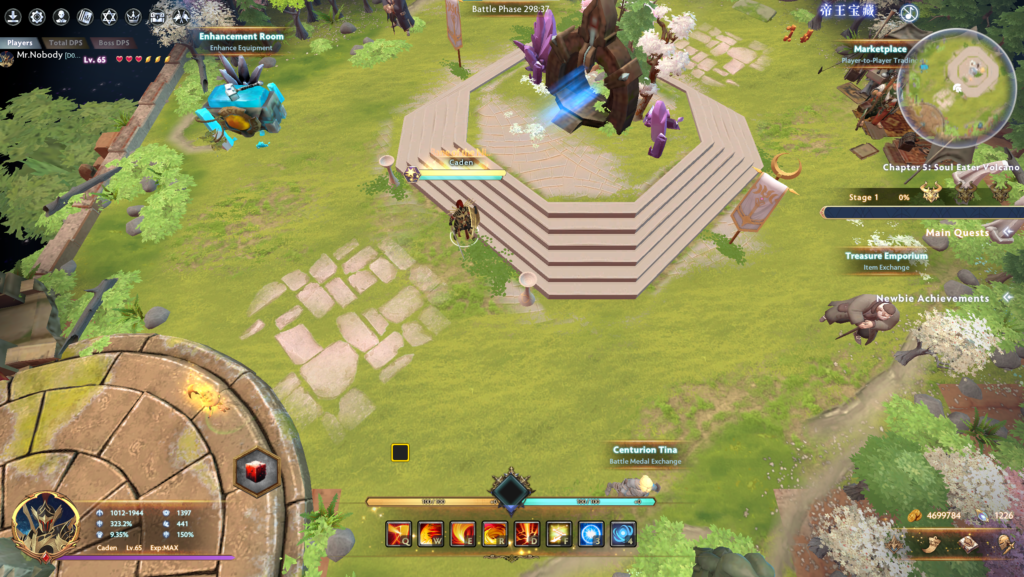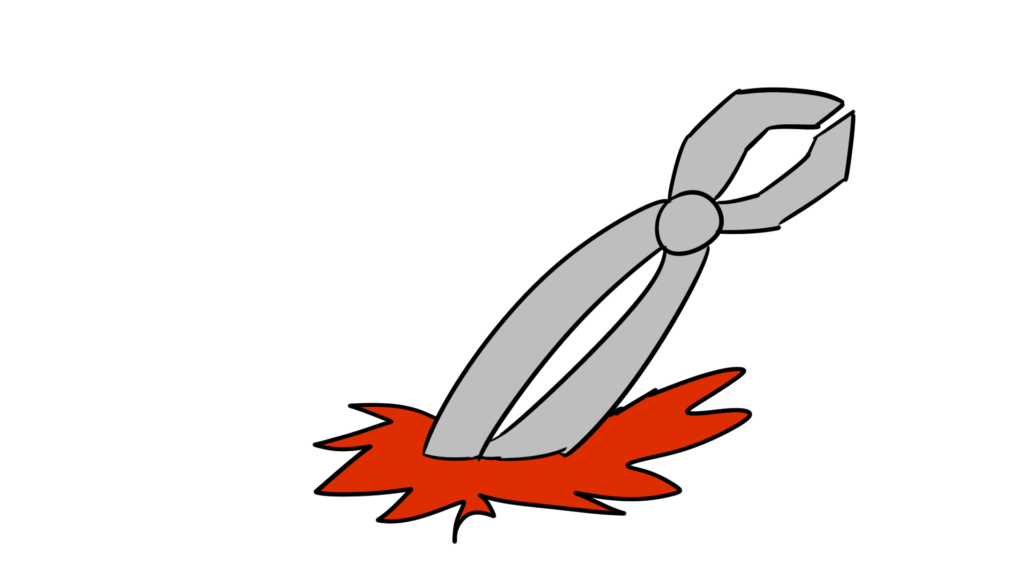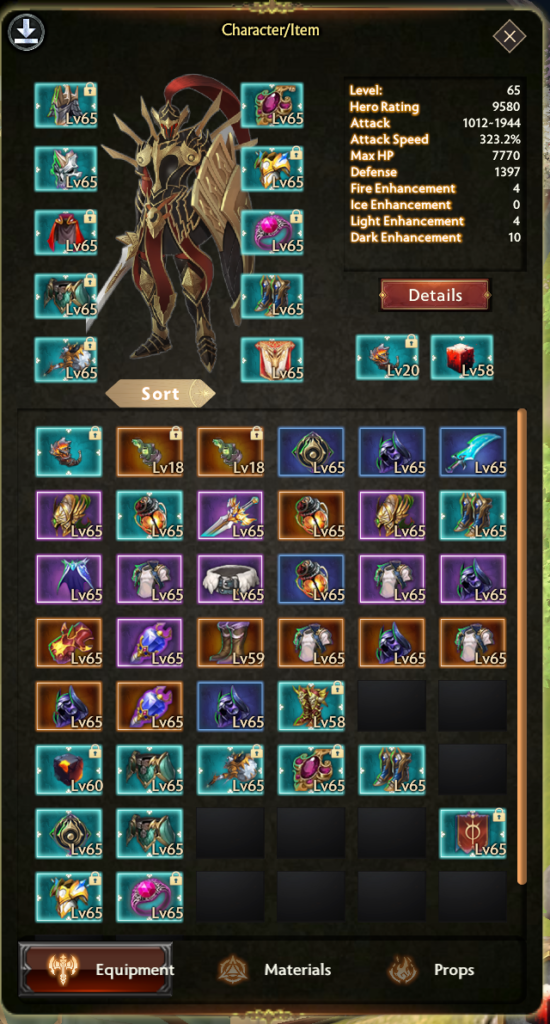Diablo 4 is out! So long as you’re willing to pay $20 plus the $70 price tag to Blizzard. Blizzard, a company that’s been notable for an unending parade of scandals related to sexual assault and employee mistreatment.
Unfun Fact! Blizzard CEO Bobby Kotick threatened over voicemail to kill his personal assistant! But don’t worry, it was settled out of court. I’m sure it was a fair and reasonable settlement, as there’s never been a power imbalance between an employee and their multi-millionaire boss.
Any, where was I? Oh, yes. You could buy Diablo 4, a game that despite costing $70 on release already has a cash shop, and season battle pass.
Or instead of supporting the shambling corpse of a once-loved company whose external face might have always been a lie, you could join me in Treasure and Truth.
Treasure and Truth is a mod for Dota 2. Like Diablo 4, it’s an ARPG, and unfortunately also like Diablo 4, it also has a cash shop, but I’ll get to that part in a bit. Unlike Diablo 4, it’s free!

Also, I’m going to say some rude things about Treasure and Truth in this review, but I am 100% using the game as Diablo withdrawal methadone at the moment. Ultimately, I do recommend playing. If nothing else, it’s an incredible demonstration of both the potential, and some of the drawbacks of a Dota 2 mod.
Core Gameplay
Treasure and Truth is an action role playing game, which is to say it has no roleplaying, and some action. And since it’s a mod for Dota 2, the standard Dota 2 mechanics and controls mostly apply. It’s top down and semi-isometric.
It’s also Chinese. This is relevant for a number of reasons, but most importantly because of the translation. Or lack of thereof.

The game is translated into English, but not all of it, and not always correctly. Some parts are fully translated and make sense. Some parts are translated but not localized. And as a result you end up fighting “Pliers of the Hole,” which is probably supposed to be something like “Jaws of the Abyss.”

And sometimes, it’s very important when it turns out that #wings2_start_system is supposed to be text telling you how to unlock an entire alternate end-game power system for heavily scaling certain stats.
But anyway: on to core gameplay! There are kinda three modes in Treasure and Truth, but two are the same, so we’re going to cover them as one thing.
The two modes are story and key mode. All this really boils down to is that you go into a big non-changing map, kill monsters until a boss portal opens up, and kill that boss. Rinse and repeat three times, and you’ve cleared the level.
In story mode, enemies give you loot. In the key mode, there’s a timer, and the quality and amount of loot scales with how fast you can finish. There are five base levels, and in classic ARPG style, once you finish a set of them, you unlock the next difficulty.
The other mode is raids.
Raids are a test of your patience, and your ability to find 2-4 other human beings who are capable of understanding concepts like what a circle is, and that sometimes in order to win, you need to stop doing damage for a bit.
Sarcasm and my sanity aside, raids are the most interesting mode, as they actively require paying attention, and knowing certain mechanics. They are also kind of janky, and unlike the other modes, don’t scale stats with player count, so you really need other people to work with.
Heart of the Game
At its core, Treasure and Truth is a gear chase game about making number go up. There are a bunch of systems for doing this, but they all contribute to the same end result. Collecting sets of gear will activate passives, that make numbers go up. Upgrading and collecting pets will make your numbers go up. Clearing the raid will drop unique gear, which as long as another party member who isn’t even of the right class doesn’t fucking “need” it, will make numbers go up.

And collecting the artifacts from the Gacha will make numbers go up. So let’s go back to that monetization for a moment.
Money, Money, Money*
Treasure and Truth has a cash shop. It also has a set of resource systems that I’ll save a lot time by summarizing, “You can’t directly pay to win, but you can buy upgrade materials and items that you would otherwise have to farm, in order to skip grinding.” In addition, you can also buy certain in-game market currency with a system that works the same way as a WoW token.
There are also paid supporter roles that grant in-game buffs, a Gacha for rolling artifacts, and yes, and a paid Battlepass.
You might be wondering why I’m giving Treasure and Truth less shit for this when I opened by ripping Diablo 4 for doing it. Well, for starters, Treasure and Truth isn’t $70.
I might have a bit of a double standard here, but implementing an entire cash shop is something I find impressive when done as part of a mod, and scummy when done as part of full priced retail game. The shitty monetization also isn’t relevant until late game, which I’d imagine most people might not even reach.
In Conclusion
If nothing else, I find Treasure and Truth fascinating as a project. It feels incredibly high effort for a mod on top of someone else’s game, and it’s also incredibly amusing to me as a sort of proto-MMO. As an example of this, one of the current raids has an entire set of mechanics that the community has discovered a way to skip, and this hasn’t been patched.
It’s not a lifestyle game, or even something I can see playing long term, but it’s what I wanted in terms of something I can just turn off my brain and play. And I have had some really entertaining experiences guiding people through raids, and talking with other players trying to understand how the hell certain systems work because they’re not translated properly.
Oh, and writing a set of AHK macros to farm points in the AFK mode.
If you want to play Truth and Treasure, you’ll have to start by downloading Dota 2, then you’ll want to go install this mod from the community.
Ultimately what I’ve really gotten out of Truth and Treasure is a sense of wonder and discovery that I enjoy. There are no guides to the raids. There aren’t any perfect builds. There is no checklist, or speed run of someone who got the game 4 days early reaching level cap before people who pre-ordered could play it.
There is a poorly moderated Discord, untranslated patch notes, and esoteric systems that make no sense, and occasionally might break. And frankly, I love that sort of shit.
Also, the cash shop. Which I don’t love.
Postscript Ramblings
I’ve seen a bunch of discussions on Reddit about pay-to-win MMOs are more common in Korea and China due to cultural differences. There does seem to be a pattern of pay-to-win in games that get ported from those regions. Lost Ark, Black Desert, and MapleStory are all great examples of this. But my only source for this is people saying shit on Reddit, so it’s entirely possible this is just some gamer orientalism. If it is true, Treasure and Truth definitely falls into this pattern with its monetization tactics.
Also, while we’re on the subject of crackpot theories involving China, I really wonder if Treasure and Truth was developed as a mod (as opposed to a standalone game) in order to get around the video game licensing/distribution/censorship issues in China. After all, if you can’t release your own game, co-opting someone else’s game into providing your infrastructure and underlying matchmaking and everything is really clever, and might explain why Treasure and Truth exists as a mod in the first place.
